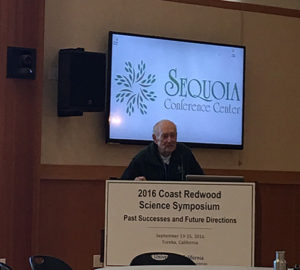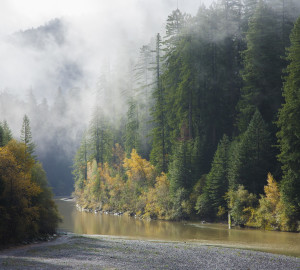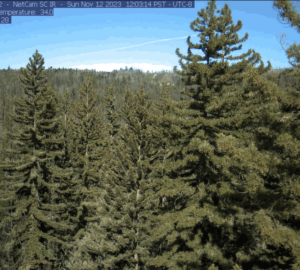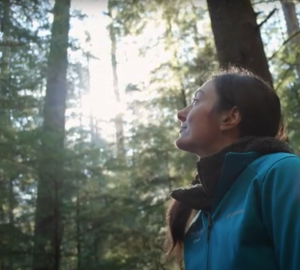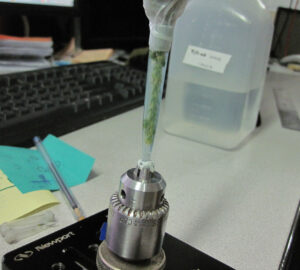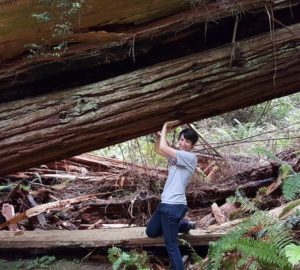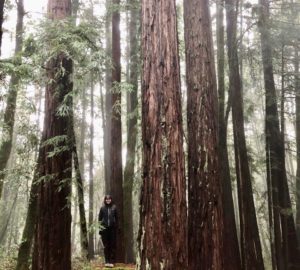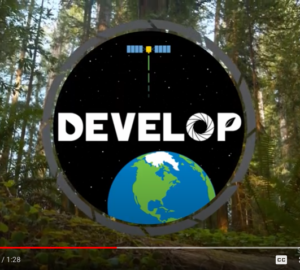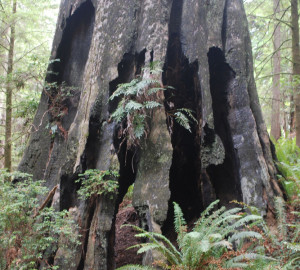Highlights from the 70 speakers who shared the latest in redwood research include:
- Ben Iberle from Humboldt State University described the remarkable recovery of the Arcata Community Forest after its original logging between 1875-1885. A historic research plot that was set up in 1923 was recently inventoried, revealing that this forest had regrown to an amazing height of more than 250 tall with a similar amount of canopy leaf area as old-growth forests. While the biomass of this second-growth forest is still only 20% of old-growth forests in the same region, it is well on its way to become the old-growth of the future. Read the abstract to learn more.
- Chris Brinegar from University of Maine Farmington shared new evidence for there being two distinct lineages of redwood sorrel (Oxalis oregana) within the coast redwood ecosystem and raised the intriguing possibility that Humboldt and Del Norte County redwood sorrel may actually be a distinct subspecies from populations growing further south. Read the abstract to learn more.
- Desiree Early from Green Diamond Resource Company described new results from a collaborative study to track the reproductive ecology of the Humboldt marten (Martes caurina humboldtensis), a small carnivorous mammal that was nearly trapped to extirpation during early European settlement of California. A remnant population of Humboldt marten was discovered in 1996 and today the study is following the health and reproduction of these individuals. Den sites were discovered in numerous locations and females occupy multiple rest and den sites while they raise young, highlighting the need to protect trees with beneficial habitat structures such as burn and rot cavities. Read the abstract to learn more.
To learn more about many of the research studies sponsored by Save the Redwoods League, visit our Redwood Research page.
